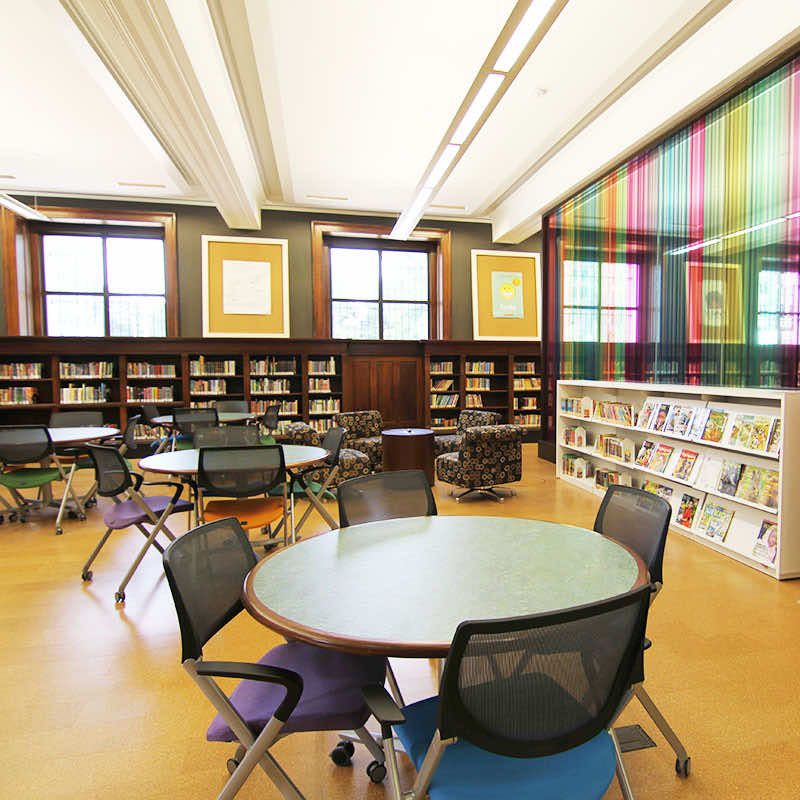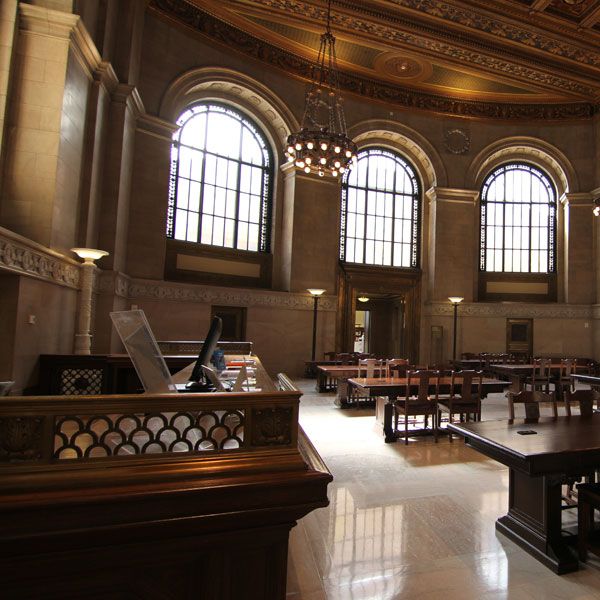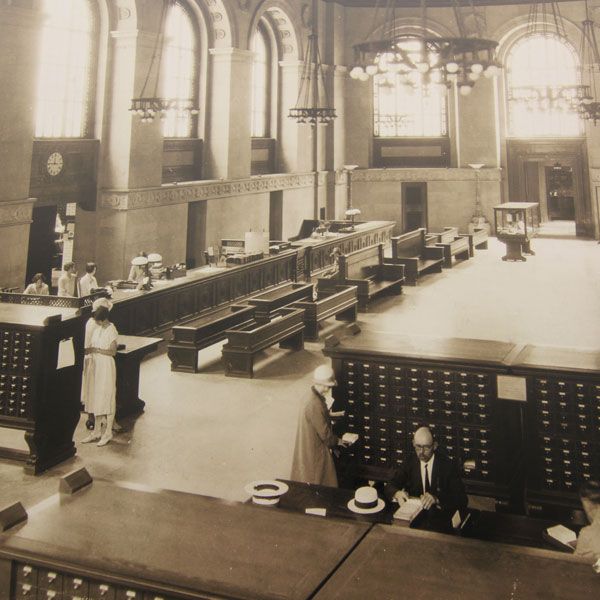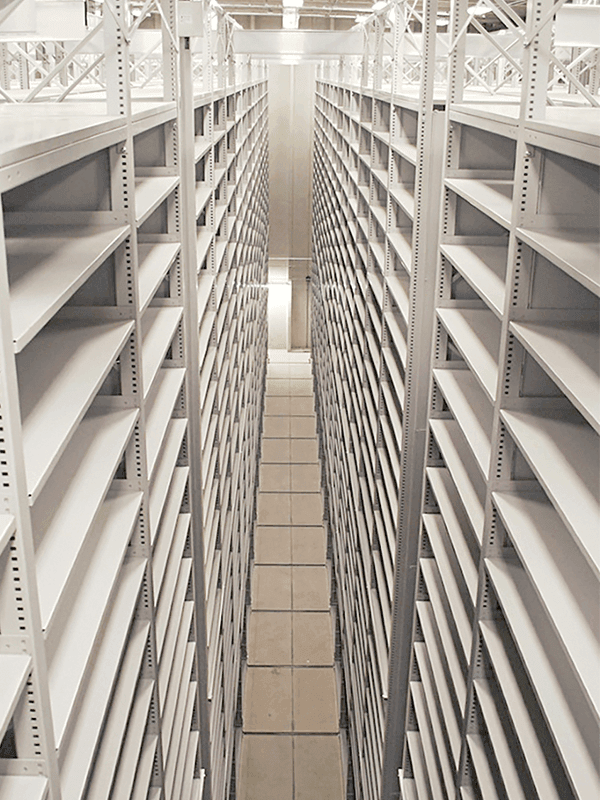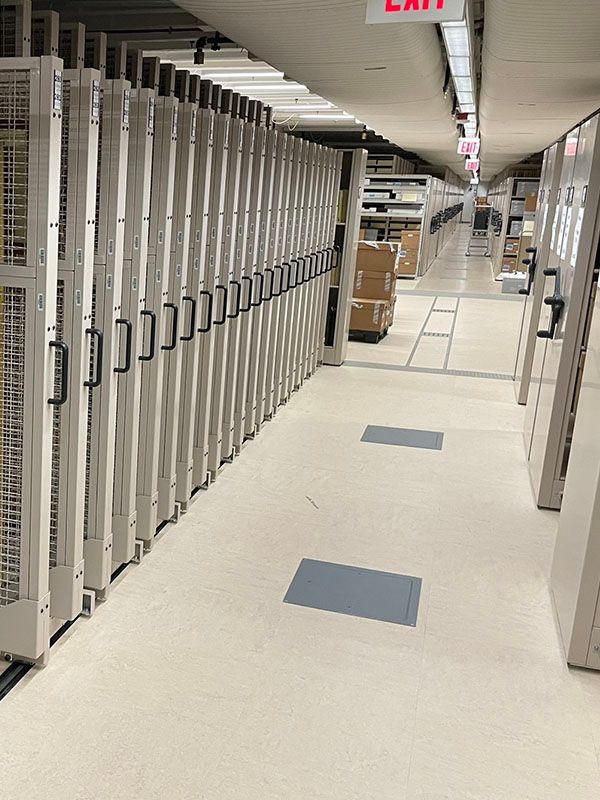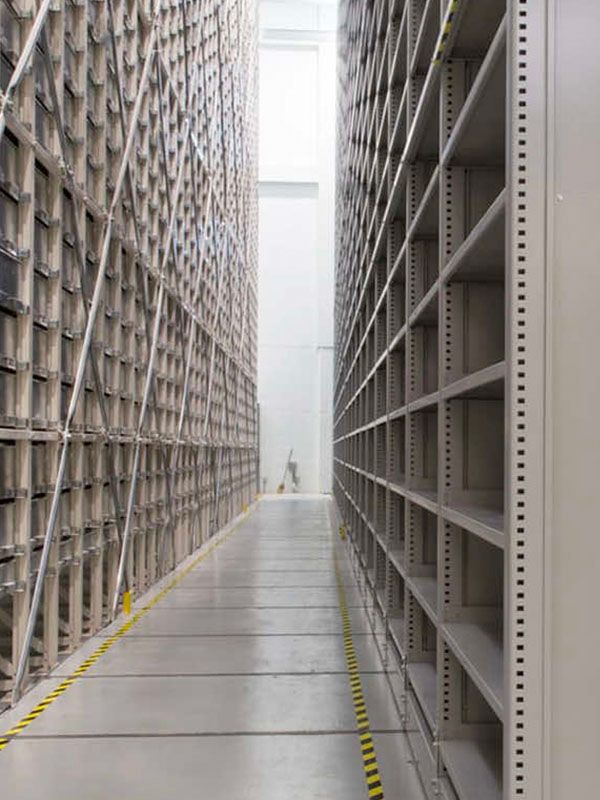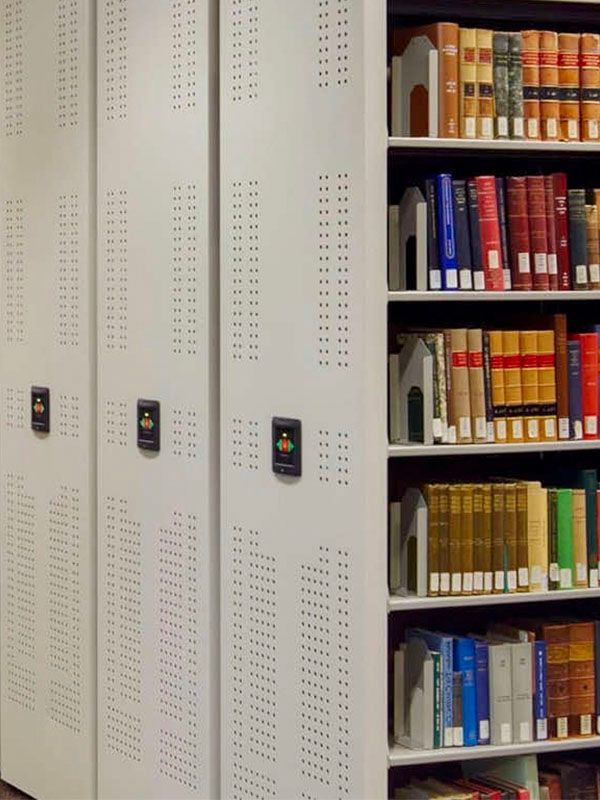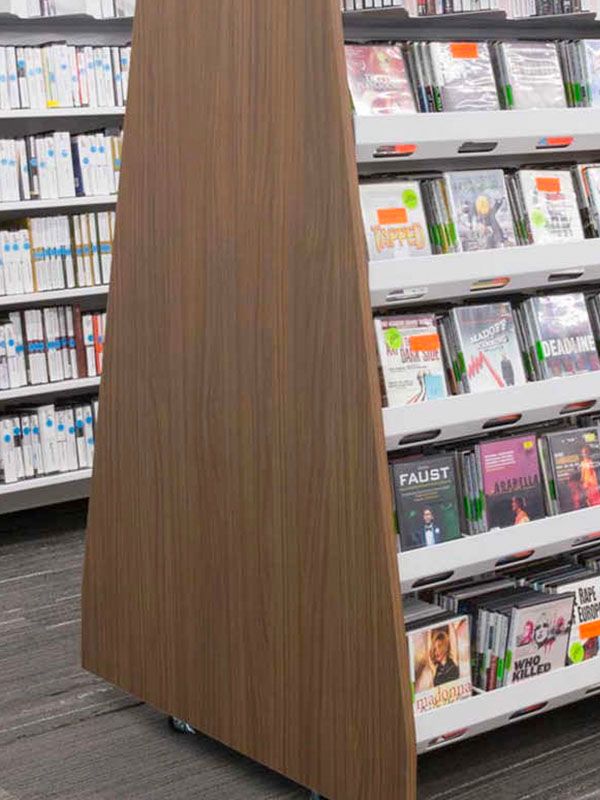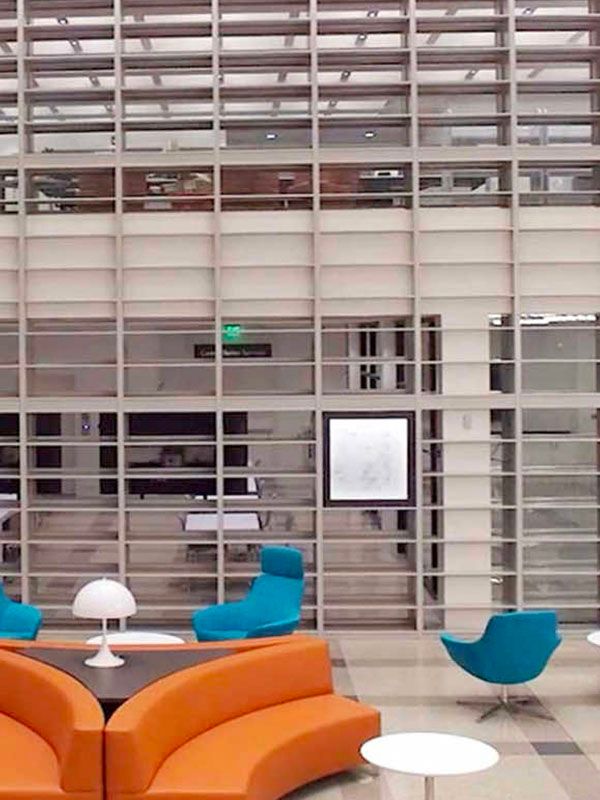St. Louis, Missouri
Renovating a Historic Library
When a library as famous and well visited as the St. Louis Central Library undergoes a massive renovation, great care and consideration must go into the planning process.
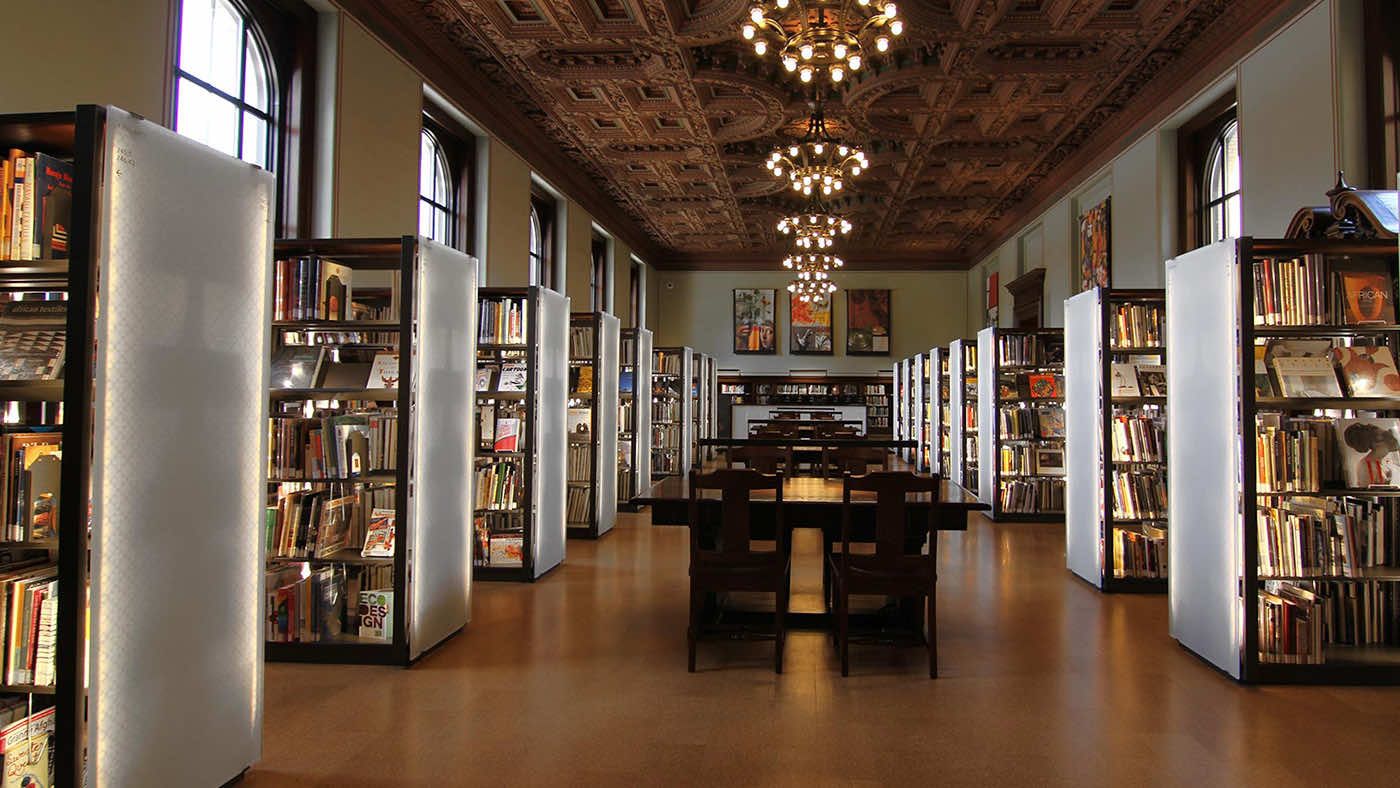
Making Space for Modern Amenities
Amenities that are essential to a library’s success — like computer labs, teen spaces and collaboration areas — were missing from St. Louis Public Library’s Central Library. In order to better serve the surrounding community, the library’s leadership initiated an extensive design project to compactly store books and other printed materials and to create space for modern needs.
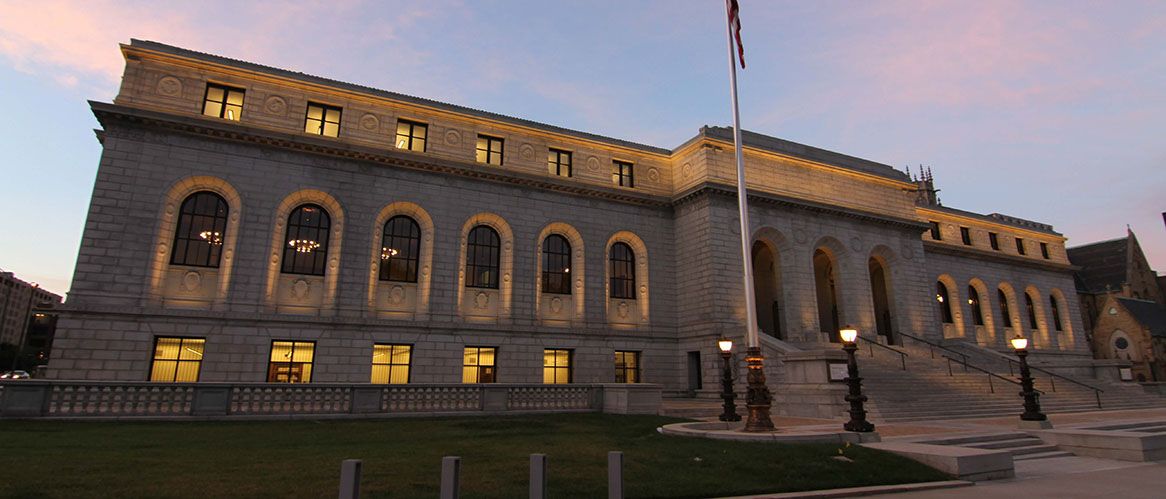
The iconic building was designed by one of the most famous architects of the early 20th century, Cass Gilbert, who later went on to design the United States Supreme Court building in Washington D.C. The library was constructed in 1912, thanks largely to a donation by Andrew Carnegie.
A Community Library
The St. Louis Public Library system began in 1865 and was open to paying members. It initially housed a collection of only 1500 books, but by 1893 the collection had grown to 90,000 volumes and was open to the public at no cost. Today the St. Louis Public Library system is made up of 15 branches, including the St. Louis Central Library, and it houses a total of 4.6 million volumes.
Space & Safety Concerns in a Historic Public Library
When a library as famous and well visited as the St. Louis Central Library undergoes a massive renovation, great care and consideration must go into the planning process.
Not only did the library need to find space for modern ammenadies. The library also needed to address safety hazards caused by the outdated central stack area, which was constructed from a steel-framed, self-supporting structure. This structure was made up of metal shelving uprights bolted together one on top of the other, into multiple tiers (floors) separated only by opaque glass tile floors that were suspended from the steel shelving posts. A clear fire hazard vialation.
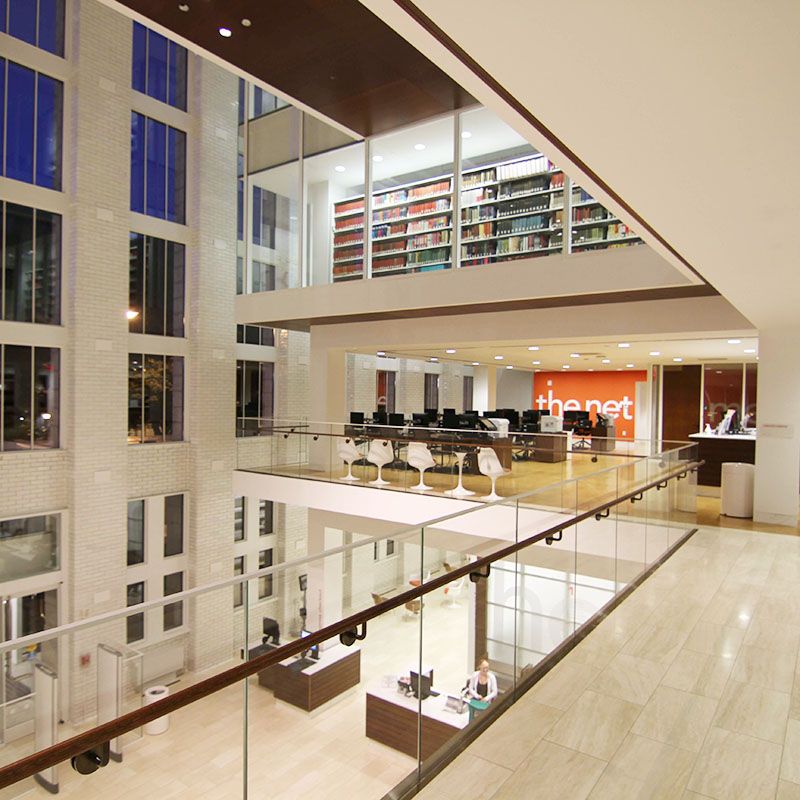
The second issue with this particular stack system was seismic. In St. Louis, the closer the building sits in relationship to the river, the greater reinforcement is needed to prevent any damage from seismic activity. This system, not unlike the proverbial house of cards mentioned earlier, would be unstable in the event of an earthquake.
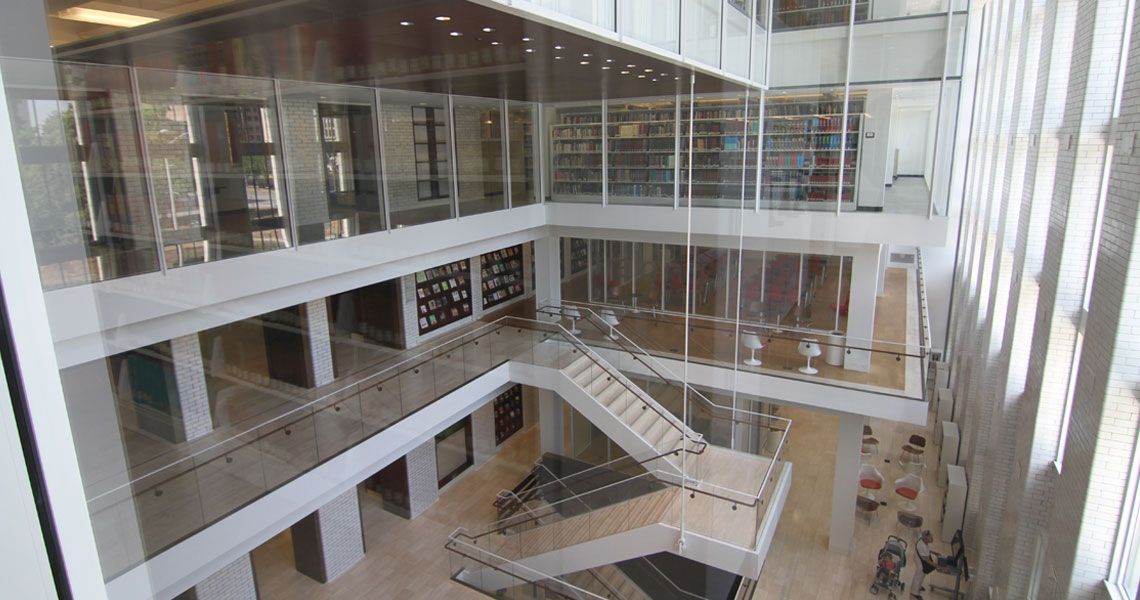
The building has been visited by millions of people from all over the world, but the library needed modern amenities to thrive in the 21st century.
Smart Shelving Solutions
With so many challenges to overcome, the design team integrated many different shelving solutions into the historic library renovation project. These solutions opened up space for repurposing and created a sleek, modern appearance that integrated with antique wood and other classic features.
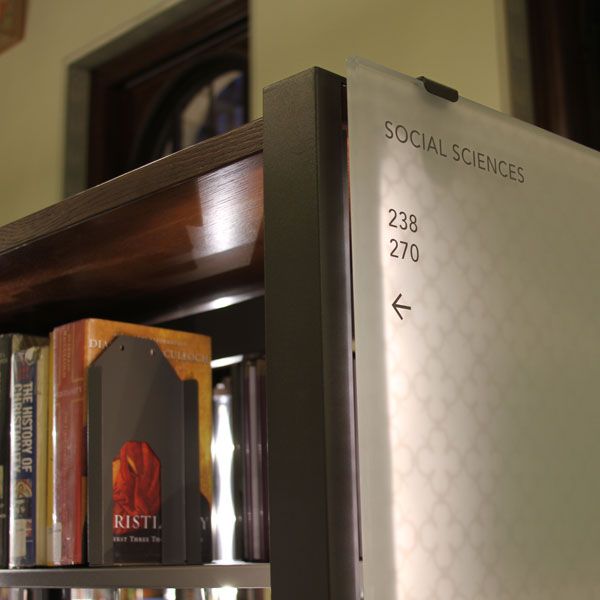
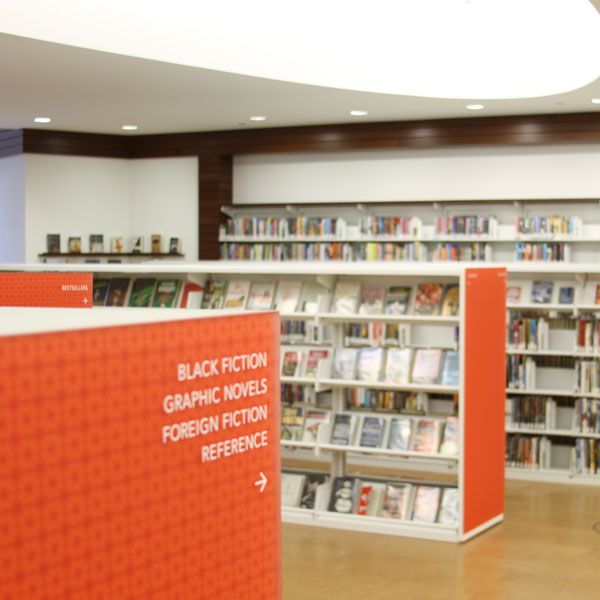
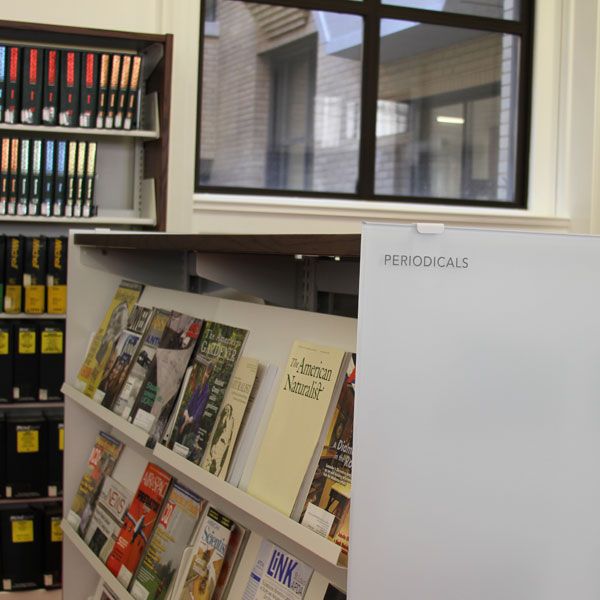
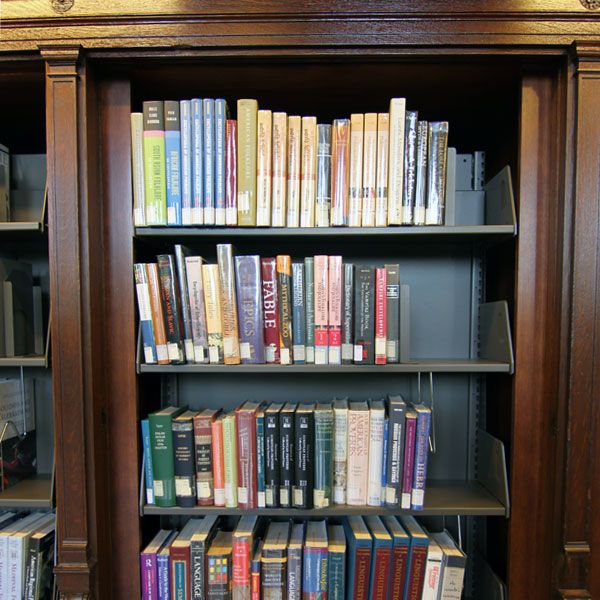
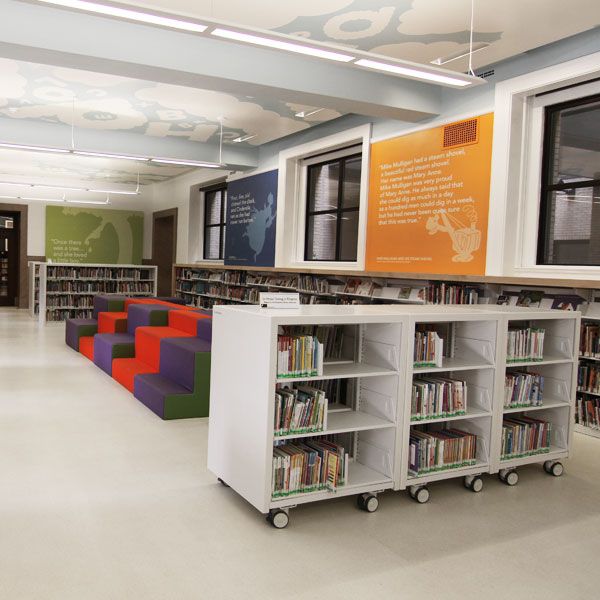
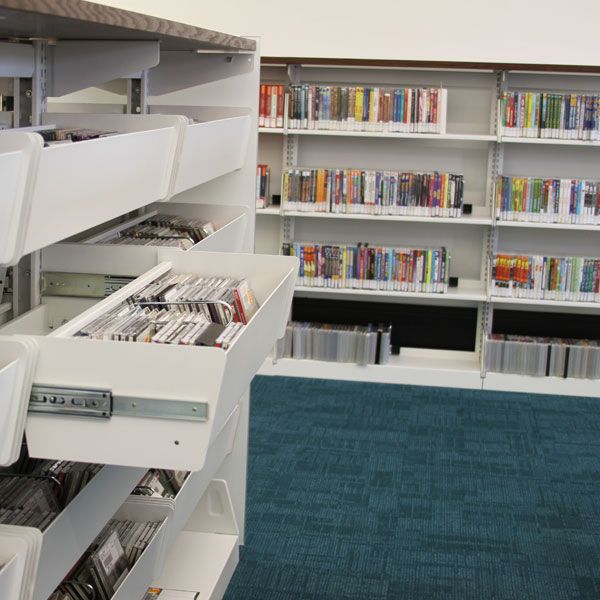

Books and other printed materials were consolidated in Spacesaver high-density mobile shelving to free up space for modern uses. Compact shelving consolidated the collection from a seven-tiered system onto just three floors, plus the basement. The new stack space meets fire and seismic codes, and it’s brighter and easier to navigate.
A Renewed Cultural Center
The Central Library re-opened during the St. Louis Public Library’s centennial year of service. The library is now a blend of old and new, where ornate wooden ceilings and dramatic chandeliers meet high-tech computer labs, sleek glass walls and exposed concrete floors.
The use of high-density mobile shelving enabled the library to consolidate the collection from their seven-tiered central system onto just three interior mezzanine-like floors, plus the basement level of the library. Not only does the new stack space meet fire and seismic codes, it is brighter and easier to navigate and truly maximizes the interior floor space.
The high-density mobile storage used throughout the library also helped open up existing spaces for new functions. There is now a teen room, which incorporates study areas, lounge seating, and even a small theater-like TV viewing area. The library also added a café, a book club meeting room, and a studio for movie, music and video game access.
